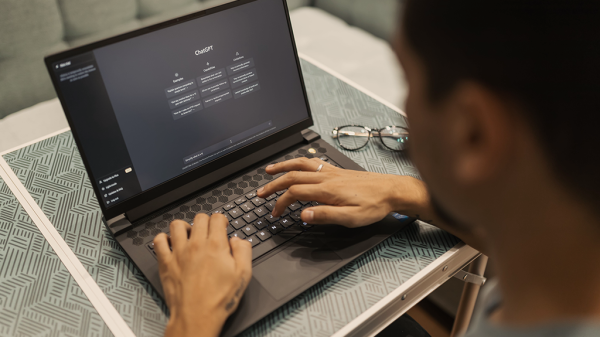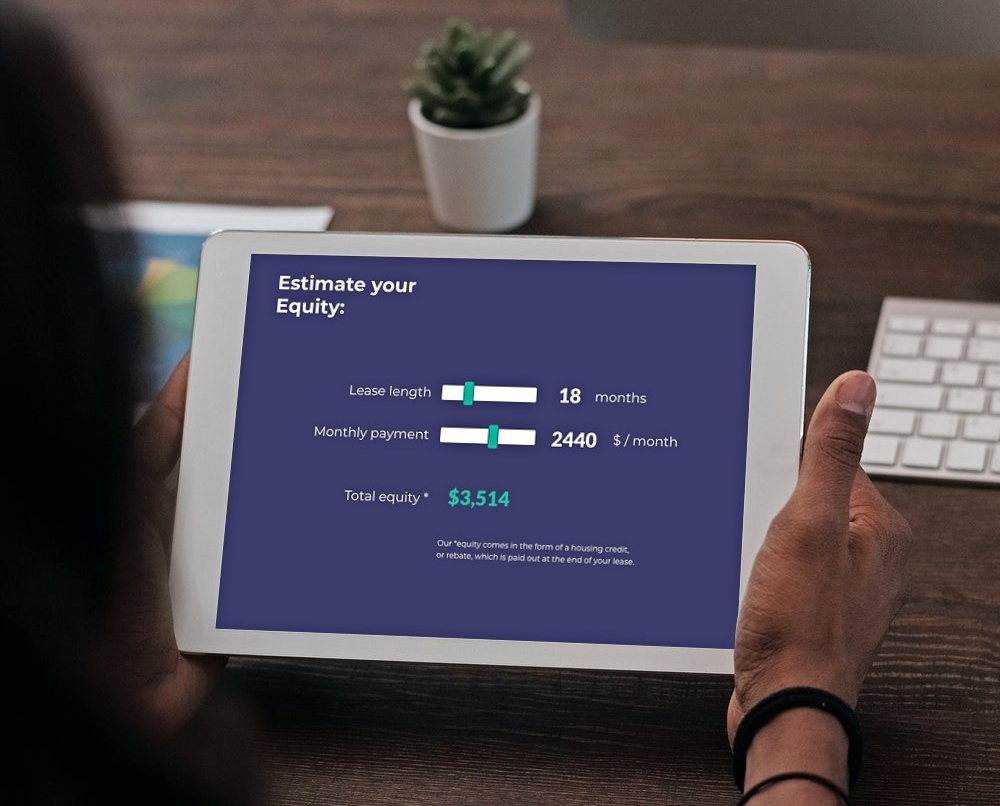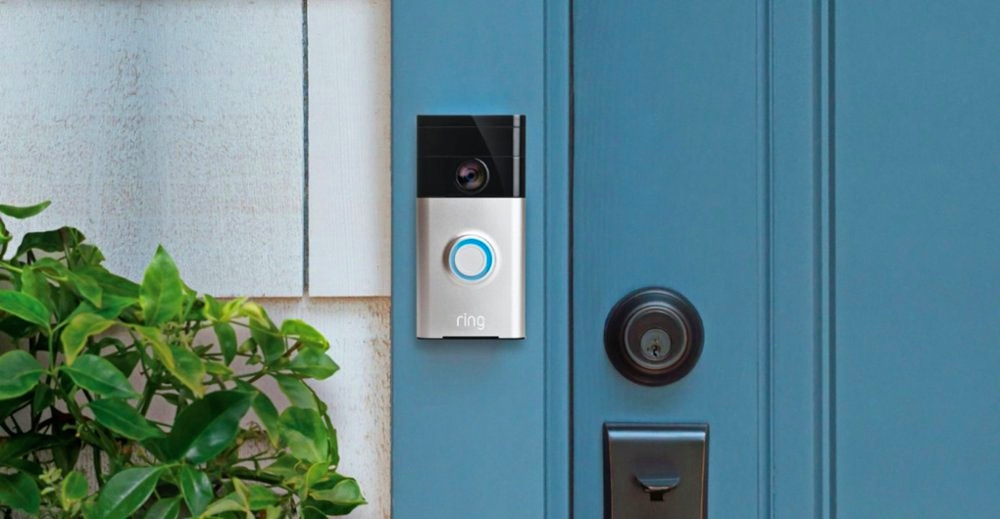World less hackable
While super cool, the Internet of Things (IoT) is also extremely ripe for exploitation. The hackability of the IoT leaves device owners open to security breaches, but hey guess what? Blockchain technology might be here to save the day. Or at the very least, make your devices more secure.
![]()
Simple guide to blockchains
As we’ve discussed before, some companies have developed IoT safety scanners. Prompted by major attacks, internet security companies introduced scanners that alert IoT users of possible network vulnerabilities. However, simply receiving an alert isn’t a strong enough security measure against potential attacks.
According to IoT World News, blockchain technologies could be the next step to bulk up IoT security. Wait, what’s a blockchain though? A blockchain is essentially a secure digital ledger of transactions that isn’t stored in a single location. Bits of information are recorded across multiple nodes within the network. Whether public or private, there is no centralized hub of information.
The decentralized structure means the whole system won’t collapse if one part of the blockchain is compromised.
In order to take down a network, hackers must penetrate at least 51 percent of the network’s nodes. This is typically not a good return on investment for cyber criminals since the cost of hacking far outweighs the potential reward.
Hackers being watched
Additionally, messing with a blockchain is risky since all data transactions are transparently recorded. With traditional IT architecture, hackers just need to breach a firewall or other defenses that are in place. Once they’re in, it is unlikely their tampering will immediately be noticed. It’s even more rare for malicious changes to be recorded in a traditional system.
But blockchains update any time an action is taken, even if it’s not financial. Anyone with access to the blockchain can see all activities since changes are updated across all nodes.
[clickToTweet tweet=”If someone hacks a blockchain, their action is recorded and potentially traceable back to them.” quote=”If someone hacks a blockchain, their action is not only recorded, but also potentially traceable back to them.”]
Cryptography and digital signatures add another layer of security to blockchain. Every transaction has to be secured with digital signatures and encryption. Identity authentication and privacy protection are inherent to blockchain, which is great for IoT device users since these are major concerns.
Strengthening IoT security
IoT devices could also benefit from the supply chain transparency of blockchain. Every interaction, from part registration to sourcing and pricing, could be recorded through blockchain. This would make all relevant product information securely accessible, making it easier to track phases of new products. Right now this process is fragmented and often difficult to piece together. Using blockchain would increase visibility and accountability for each step.
Though blockchain offers many benefits, analysts stress that this technology isn’t a magic fix for all digital security problems. However, widespread implementation would certainly increase network reliability and security.
#BlockchainMagic
Lindsay is an editor for The American Genius with a Communication Studies degree and English minor from Southwestern University. Lindsay is interested in social interactions across and through various media, particularly television, and will gladly hyper-analyze cartoons and comics with anyone, cats included.
















































